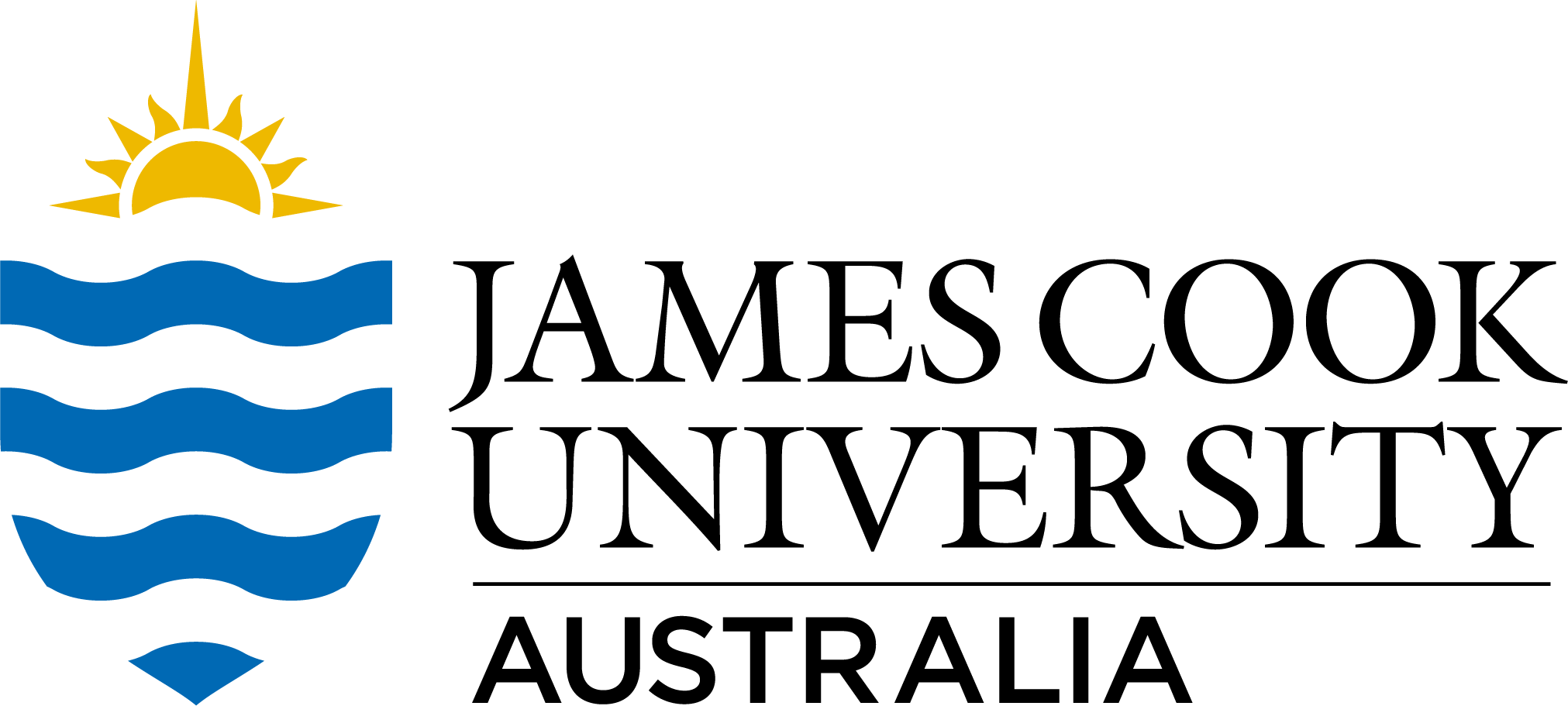Full description
Data used in the article "Neighbour diversity regulates the productivity of coral assemblages":
assemblage_data.csv: Assemblage level data is provided for 8 monocultures and 60 multi-species assemblages. Productivity (rates of increase in oxygen concentrations) in mg/L/min are provided under the columns marked "O2" which are written alongside the flow speed ("FAST" or "SLOW") and replicate number ("R1 or "R2"). Measurement of assemblages in darkness are marked with "DARK." Assemblages were composed of four colonies which are given in the order they were placed in flume chambers from 1 (furthest upstream) to 4 (furthest downstream).
colony_data.csv: Colony level data for the 32 colonies used in the study. Productivity of colonies in mg/L/min is provided as per the description above. Also provided are colony-level traits such as surface area, morphology, branch dimensions etc. Colony labels (e.g. A1) are used to match the identity of colonies with their presence within assemblages. This data in combination with assemblage-level data may therefore be used to calculate (i) aggregated traits such as total surface area, and (ii) the expected productivity of assemblages given the performance of the constituent colonies in isolation.
Probe_data: Folder containing the oxygen probe data for each assemblage and colony. Also included is the R code used to calculate and plot rates of increase in oxygen concentrations.
Abstract [Related Publication]: Sustaining ecological functions as biodiversity changes will be a major challenge in the twenty-first century. However, our understanding of the relationship between biodiversity and ecosystem function is still emerging on tropical coral reefs, where reef-building corals form highly productive assemblages and species respond in different ways to their neighbours, and their environment (e.g. water flow). Experimental coral communities were assembled to quantify the performance of coral colonies with and without neighbours, and in the presence of conspecifics versus heterospecifics. Under higher flow, we identified a positive effect of coral species richness on primary productivity (gross and net photosynthesis), indicated by a 53% increase in productivity in multispecies assemblages (2 or 4 species) relative to monocultures. Productivity in monocultures was predicted by surface areas associated with different species morphologies. In contrast, multispecies assemblages maintained high levels of productivity even in the absence of the most productive species, reflecting non-additive effects of species richness on community functioning. Assemblage performances were regulated by positive and negative interactions between colonies, with many colonies performing better among heterospecific neighbours than in isolation (facilitation). Facilitation occurred primarily among flow-sensitive taxa with simple morphologies, and did not occur under lower flow, suggesting that modifications to flow microclimates by corals generated beneficial, interspecific interactions. Our results show that competition and facilitation among neighbours may be important mechanisms regulating coral assemblage productivity in variable environments. Furthermore, shifts in the diversity and functional identity of neighbour corals can impair these interactions, with potentially widespread consequences for coral community functioning.
The full methodology is available in the publication shown in the Related Publications link below.
Enquiries should be sent to [email protected]
Created: 2018-08-23
Data time period: 04 2017 to 30 06 2017
text: Orpheus Island, Queensland, Australia
User Contributed Tags
Login to tag this record with meaningful keywords to make it easier to discover
- DOI : 10.25903/5B7E08EA42FCE

- Local : researchdata.jcu.edu.au//published/40143111e851c77858beddeb3cd2fef9
- Local : d92d106258f6584fcfb880d79d5e6e10


